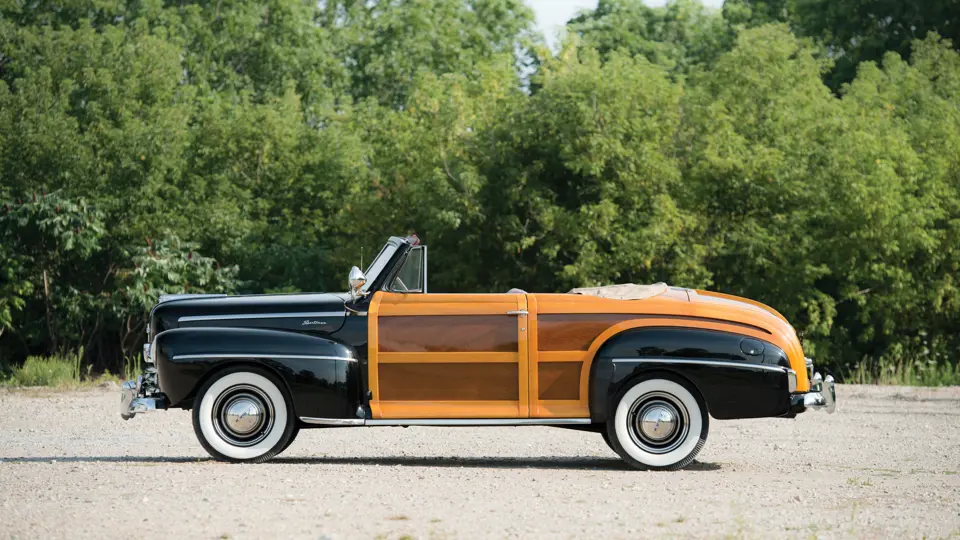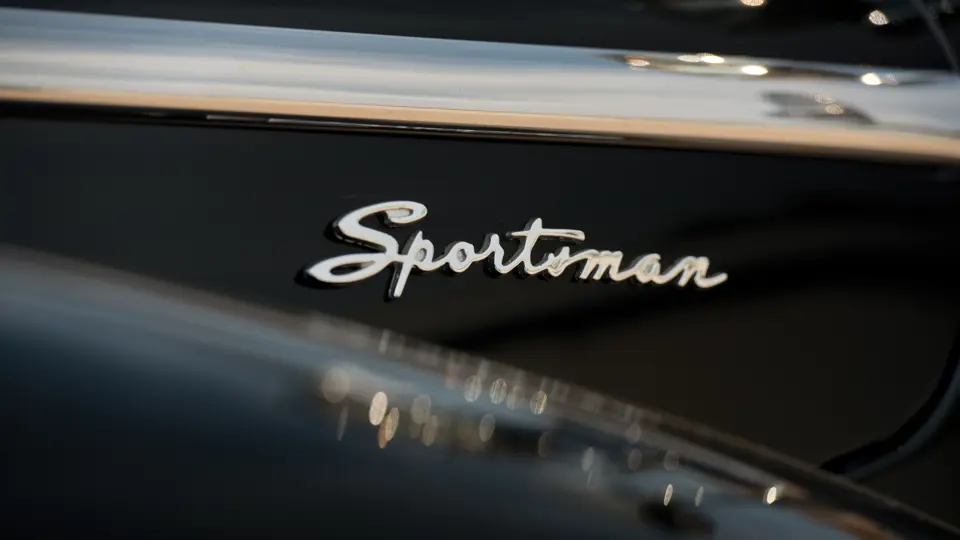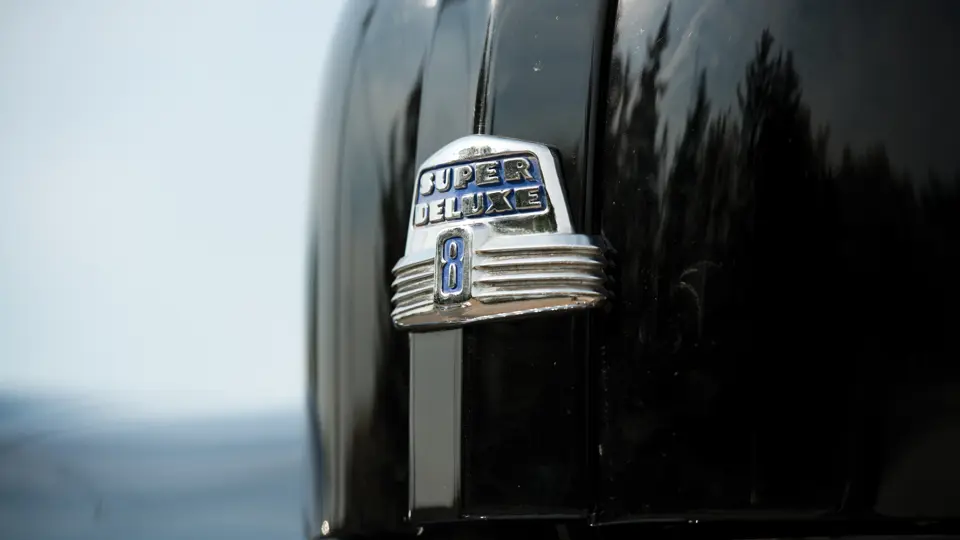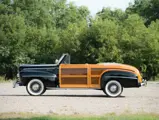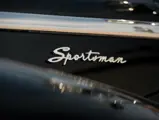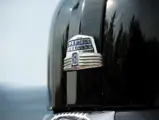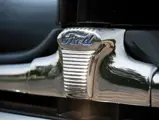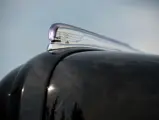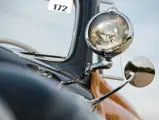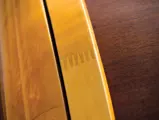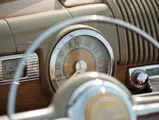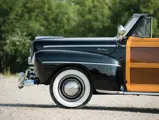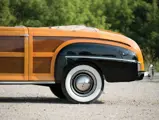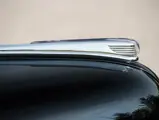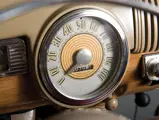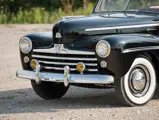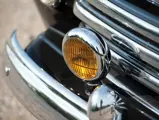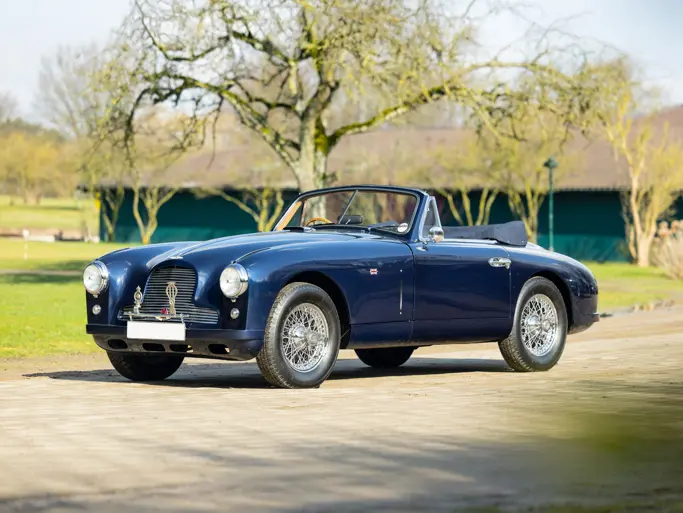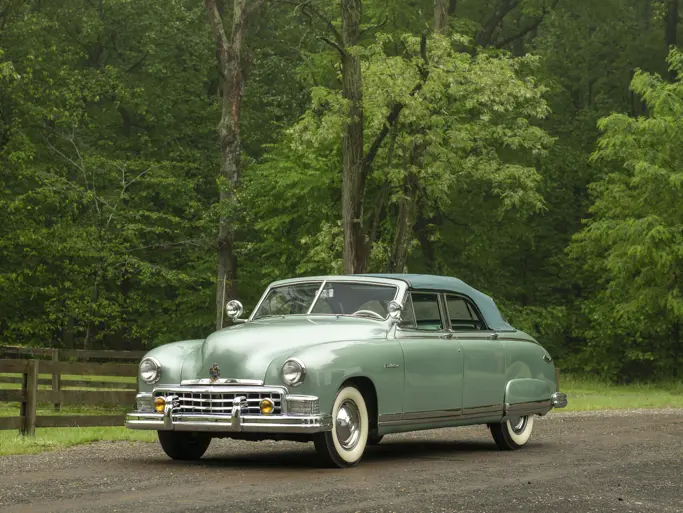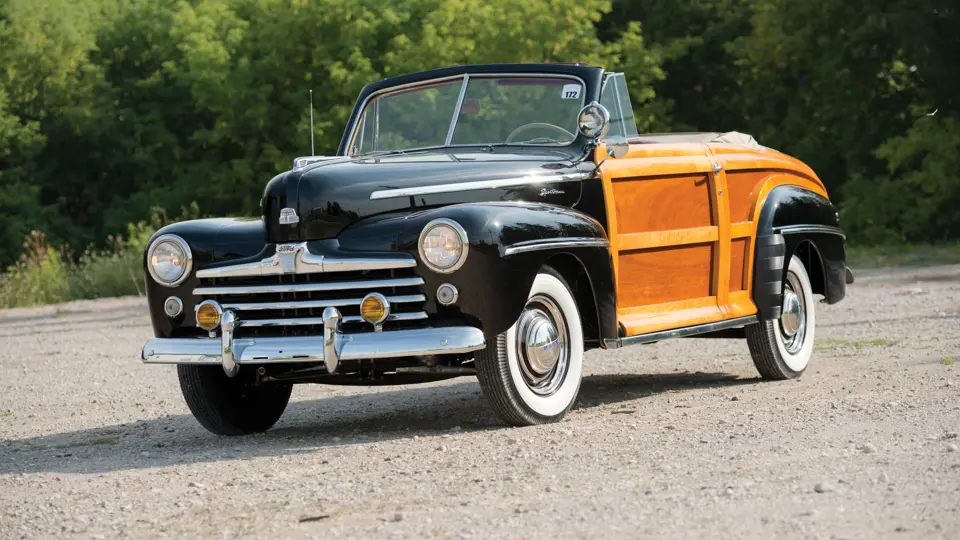
1947 Ford Super DeLuxe Sportsman
{{lr.item.text}}
$220,000 USD | Sold
Offered from the Estate of Jim Miller
{{bidding.lot.reserveStatusFormatted}}
- Offered from the Estate of Jim Miller
- An outstanding concours restoration, using virtually all NOS parts
- Columbia rear axle and numerous options
- Absolutely correct and authentic
- Meadow Brook Concours and Dearborn Award winner
Model 79A. 100 bhp, 239.4 cu. in. flathead V-8 engine, three-speed manual transmission with Columbia two-speed rear axle, solid front axle and live rear axle with transverse semi-elliptic leaf springs, and four-wheel hydraulic drum brakes. Wheelbase: 114 in.
Ford’s most interesting models often evolved from special cars built for “the family.” There was the Lincoln Continental, of course, which was born from a one-off custom built for Edsel Ford to drive in Florida. Then there was a certain wood-bodied Model A Roadster, which was used by Henry Ford II to drive to the beach on Long Island.
After World War II, “Hank the Deuce” had Bob Gregorie, who had designed the original, draw up a 1946 version with the help of his head illustrator, Ross Cousins. A wood-bodied convertible would be just the thing to pull customers away from those pesky Plymouth and Chevrolet dealers; while few would be sold, their ability to get customers in the door would be priceless. Thus, the Sportsman was born.
Sportsmans were built at Ford’s Iron Mountain body plant in Michigan, using standard convertible bodies that were fitted with sedan delivery fenders and taillights. The bodies were beautifully built and crafted of the finest maple, birch, and mahogany harvested from Iron Mountain’s rich forests, with each maple piece carved from solid wood. The seats were upholstered in genuine leather facings in tan or red and included French stitching. The front floor mats had color-keyed carpet inserts, and power windows were standard.
The Sportsman retailed for about $500 more than a standard Super DeLuxe Convertible, and it lasted for two years, with a handful of leftovers being retitled and sold in 1948. It was, in the end, the Ford GT of its time. As the company had planned, it was never a volume seller, but it was the brightest of halo cars, drawing customers into showrooms and serving as an example of the best that the company could produce.
The Sportsman offered here has been a part of Jim Miller’s collection for many years, and it takes only a first-hand examination to understand why. Some 30 years ago, the car was acquired in Ohio by respected enthusiast Al Webster, who was among the first to recognize the Sportsman’s importance and future value. Accordingly, Webster had three of these cars restored by Terry Hawirko, with this particular car reportedly receiving the most attention to detail of the three. Hawirko’s father was a master boat builder, and he did all of the woodwork on this car, with his son’s help; a machine was built to duplicate the original wood joints, and a steamer was manufactured to hold the size of wood required to make specific pieces. The wood joints had to be tight, as the dimension of glue in each joint was clearly visible, and the use of glue to fill a poor joint was unacceptable. Rather than using filler, as was still common in restorations at the time, every body panel was expertly metal-finished.
In sum, this is a car that was restored not to make money, but one made for the pure love of it, by a master craftsman whose work was ahead of his time. The astounding result is a restoration that, after three decades, is still concours-quality in every detail.
The rich black paint, seldom seen on a Sportsman, is a stunning complement to the perfect woodwork. The doors, trunk, and hood panels all fit flush and beautifully. Chrome trim remains show-quality inside and out, while the red leather seats, door panels, rubber floor mats, and dashboard remain in outstanding, as-new condition. It is noted that, during the restoration, an effort was made to use NOS parts whenever possible. Accordingly, the car has correct Ford script glass, and the highly detailed engine bay houses proper belts, hoses, clamps, and wires, which were finished as the factory would have done or better. The Ford enthusiast will note a rare firewall light under the hood, as well as an AM radio, an under-dashboard heater, and the very desirable and important Columbia two-speed rear axle, which revolutionizes the performance of these cars on modern highways. Opening the trunk reveals a full tool kit with a correct jack and spare tire.
This Sportsman has been driven only 708 miles since the completion of its restoration, and it has enjoyed amazing care, upkeep, and preservation. Looking at the car, it shows as if it has been finished only a few years ago, which is a true testament to the incredible quality of the work performed. In a recent phone call, Mr. Webster related that when the restoration was completed, the car was taken to Early Ford V-8 Club judging, and it won a Dearborn Award. Ten years later, it was taken back, and it won another Dearborn Award. “It just kept getting better with age,” he says. Indeed, Mr. Miller displayed this Sportsman at the Meadow Brook Concours d’Elegance in 2010, and it was aptly dubbed the Most Significant Ford by the judges.
Before the Sportsman was the Ford that everyone wanted, it was a cult classic that was favored and loved by a few. One of these Sportsman enthusiasts was Al Webster, who saw this car restored to standards that, simply put, set a new standard, which continues to be followed by the best of today’s restorers. This is, simply put, an outstanding automobile that deserves a place of honor among the very finest of its kind.





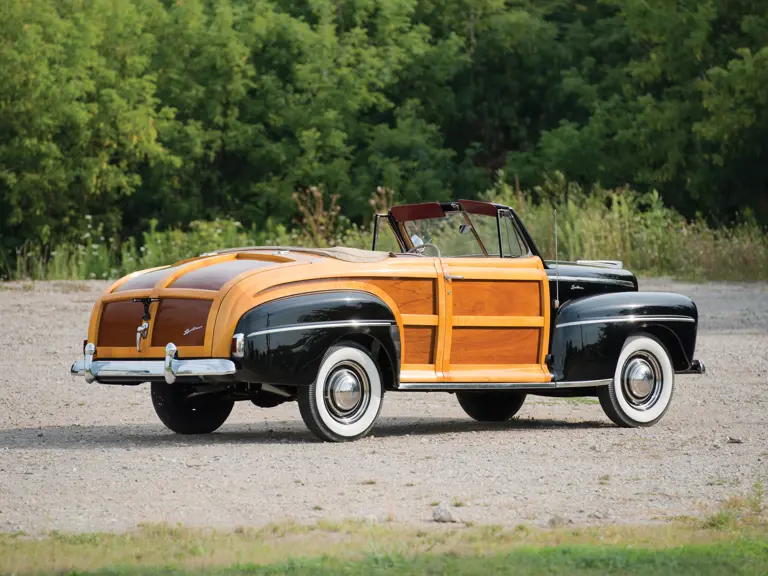
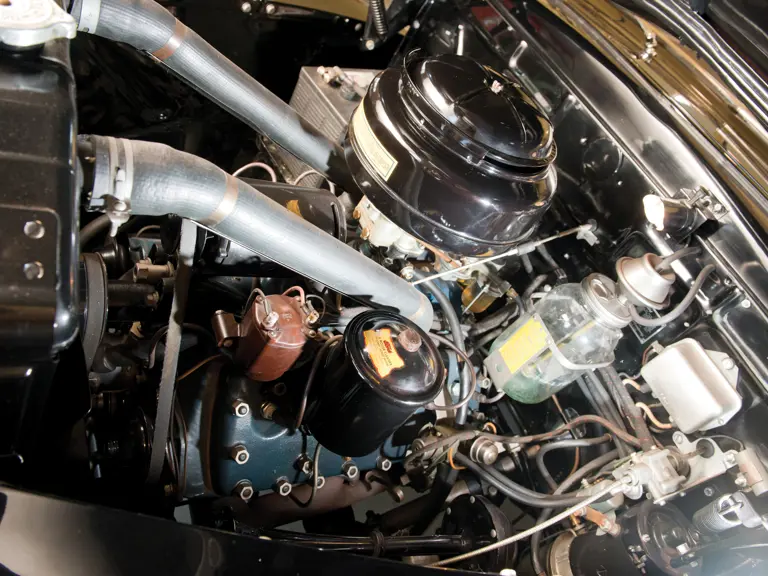
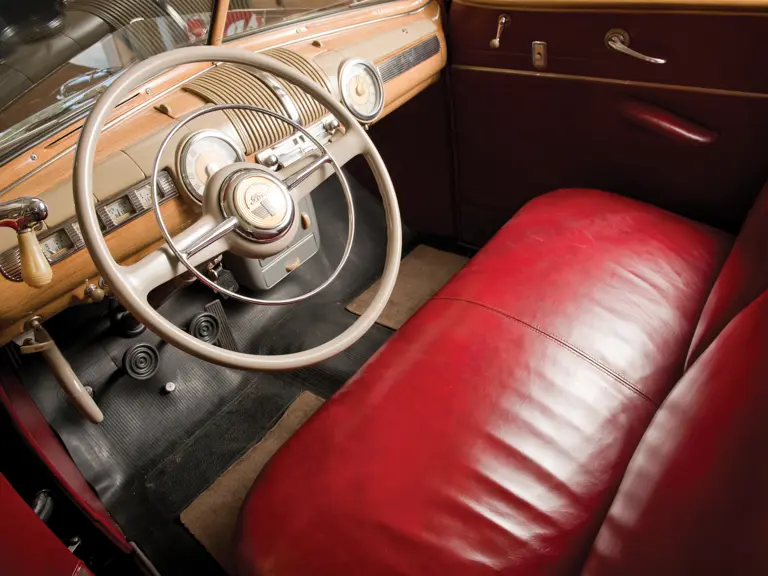
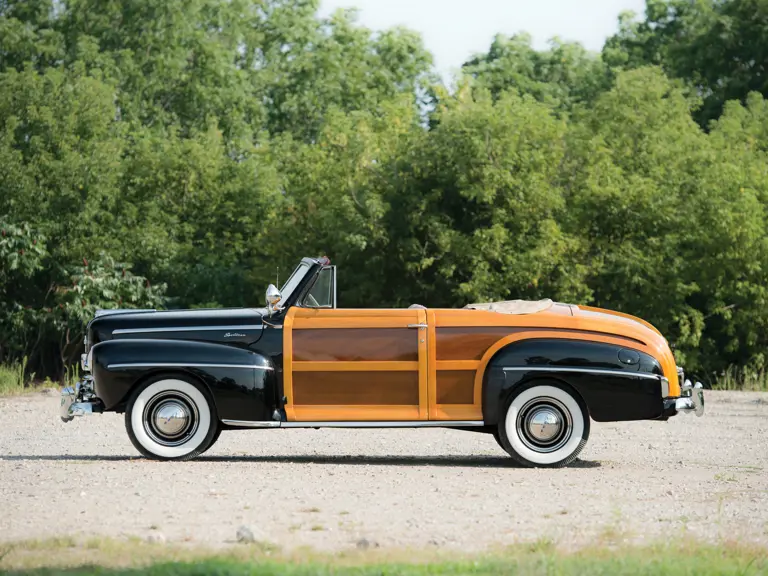

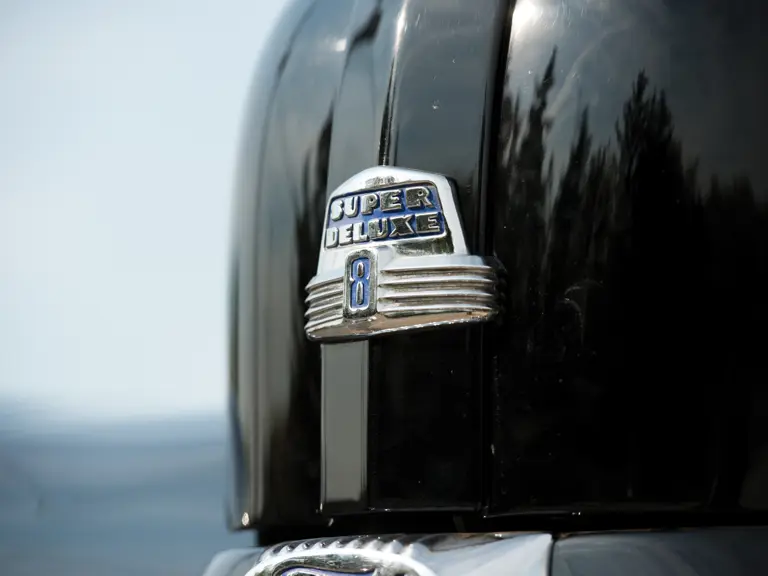
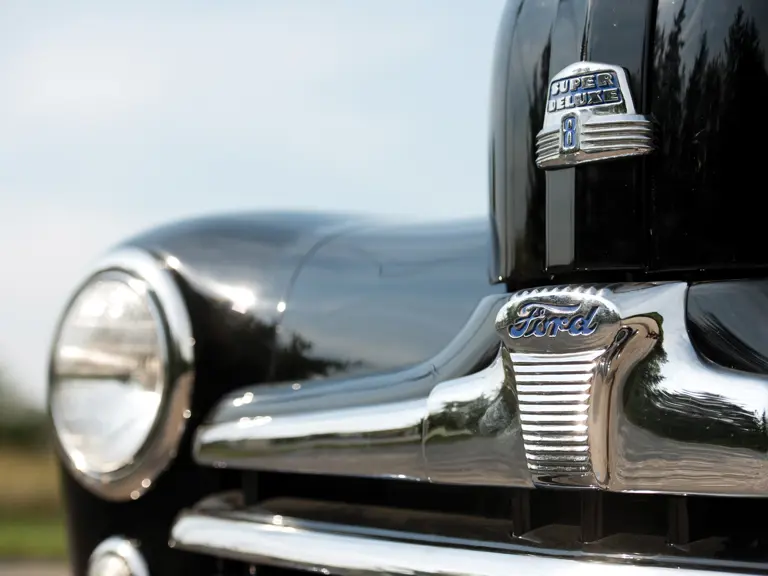
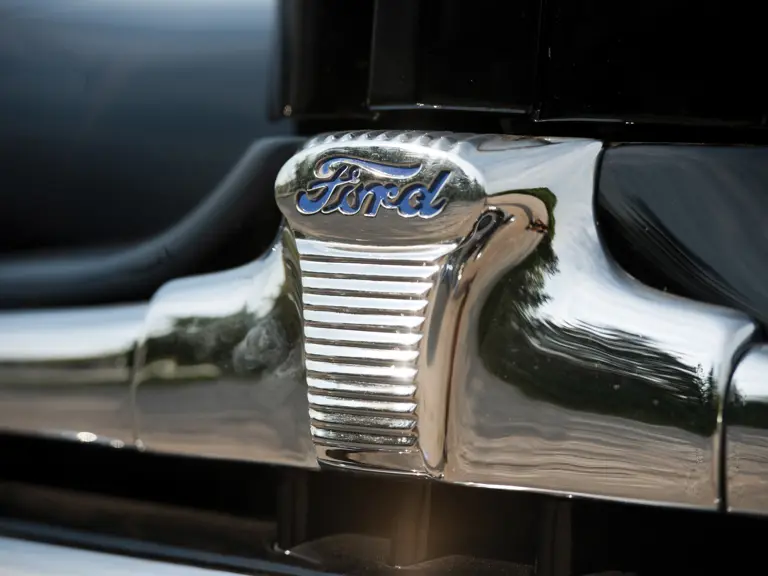
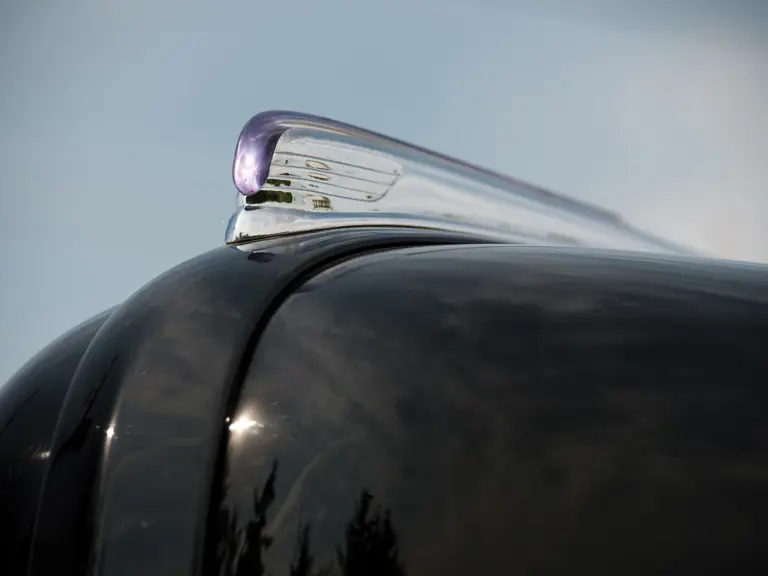

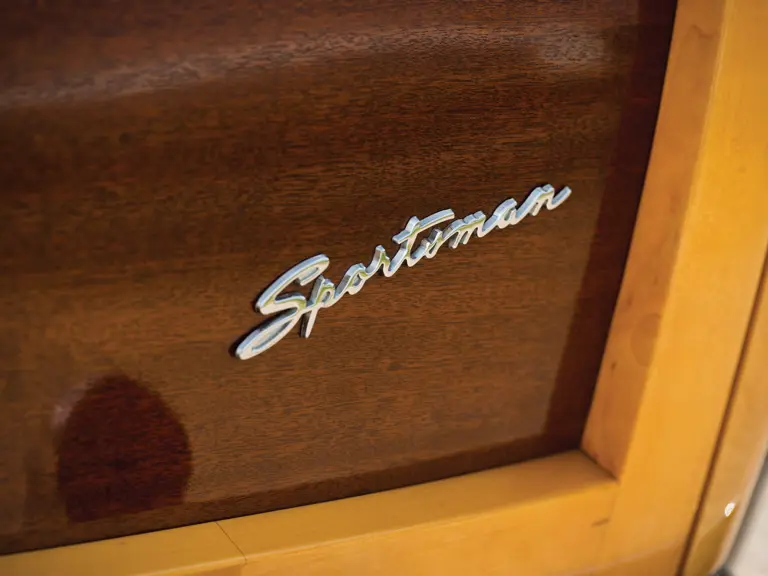



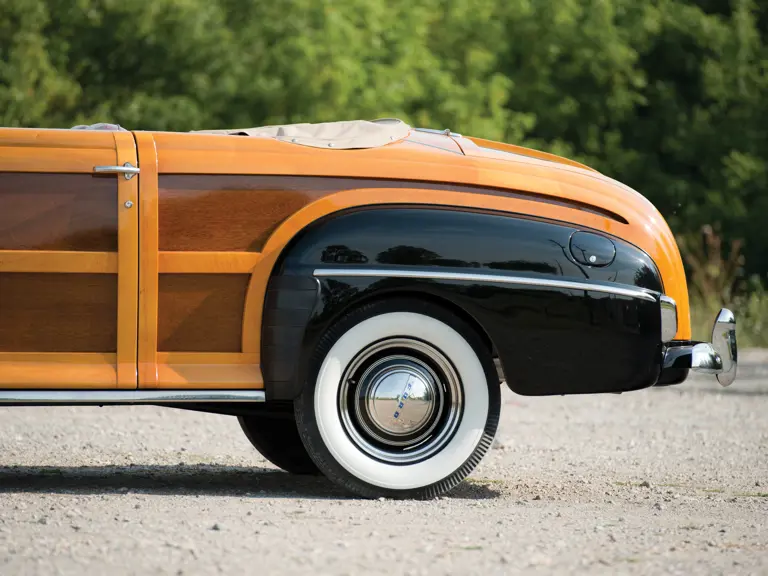

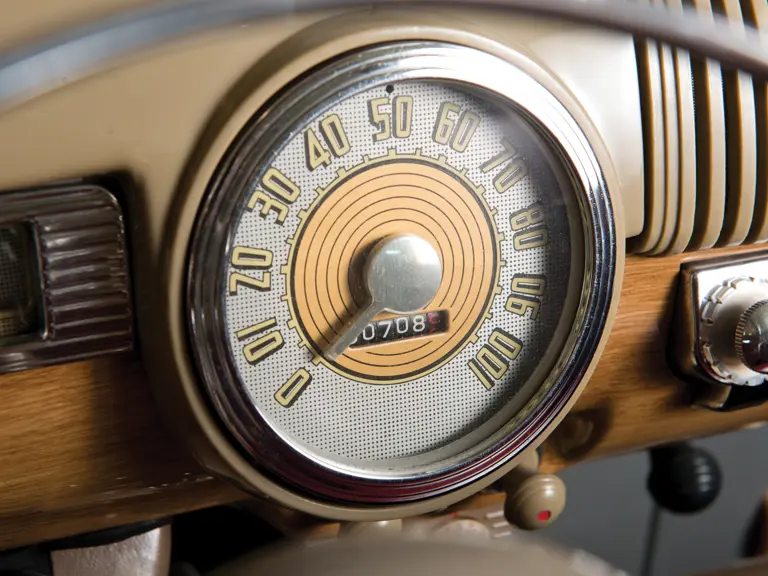
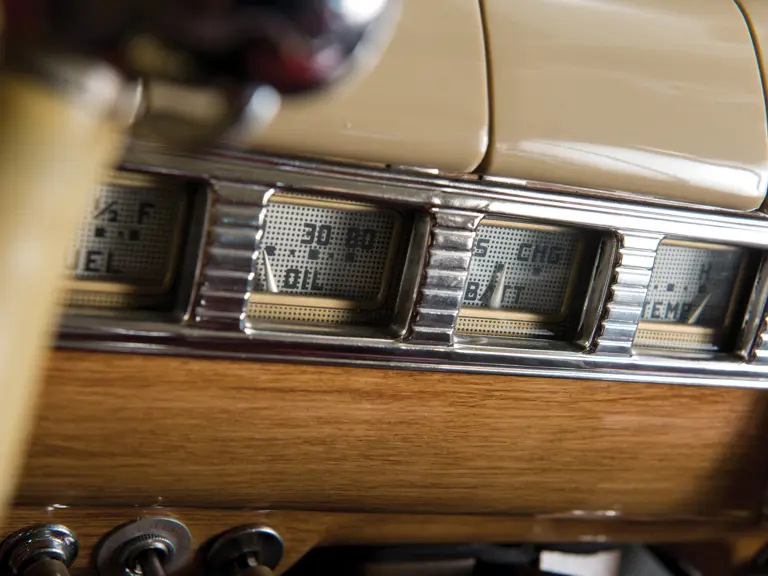

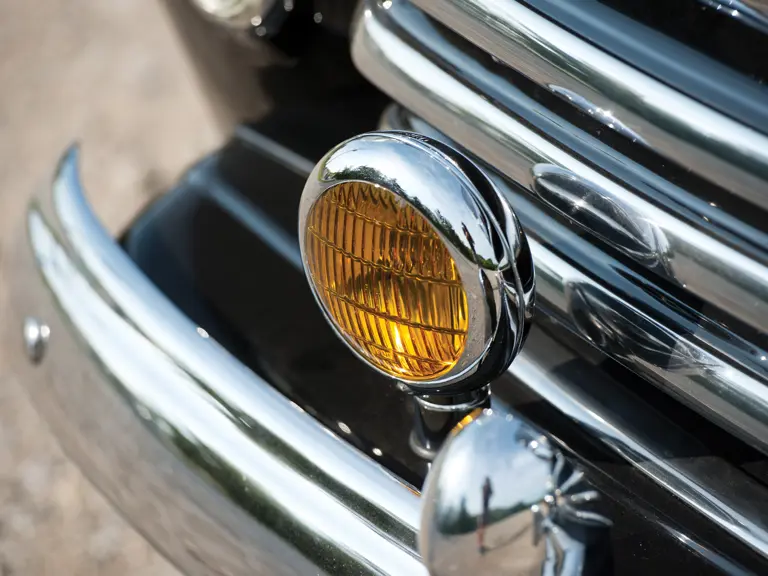

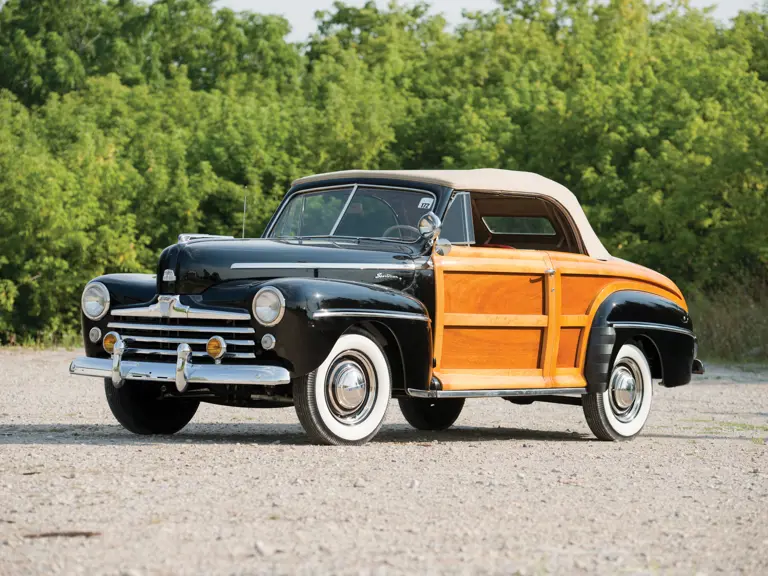
 | Hershey, Pennsylvania
| Hershey, Pennsylvania
